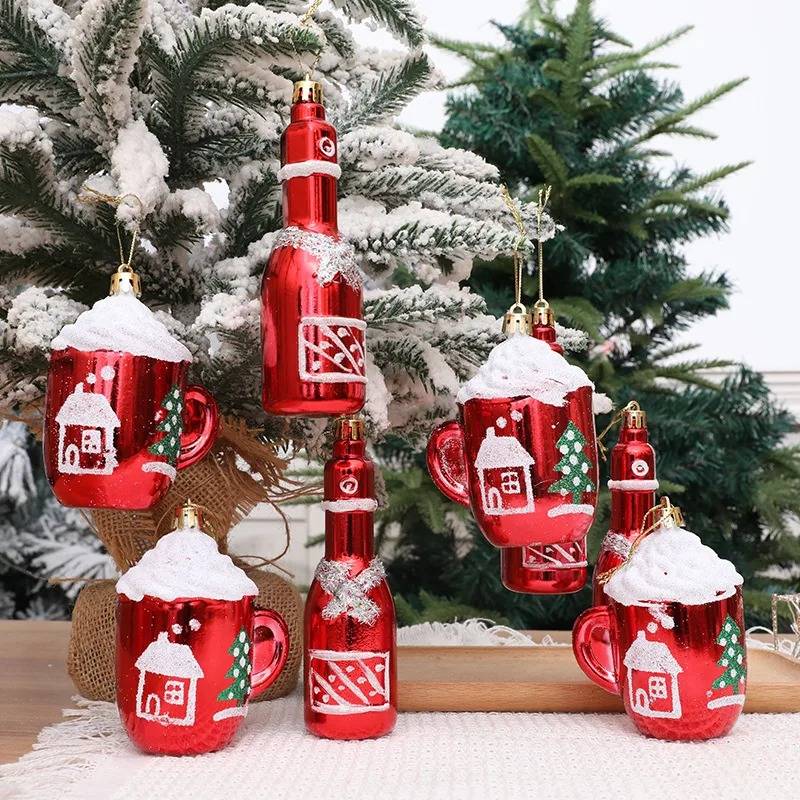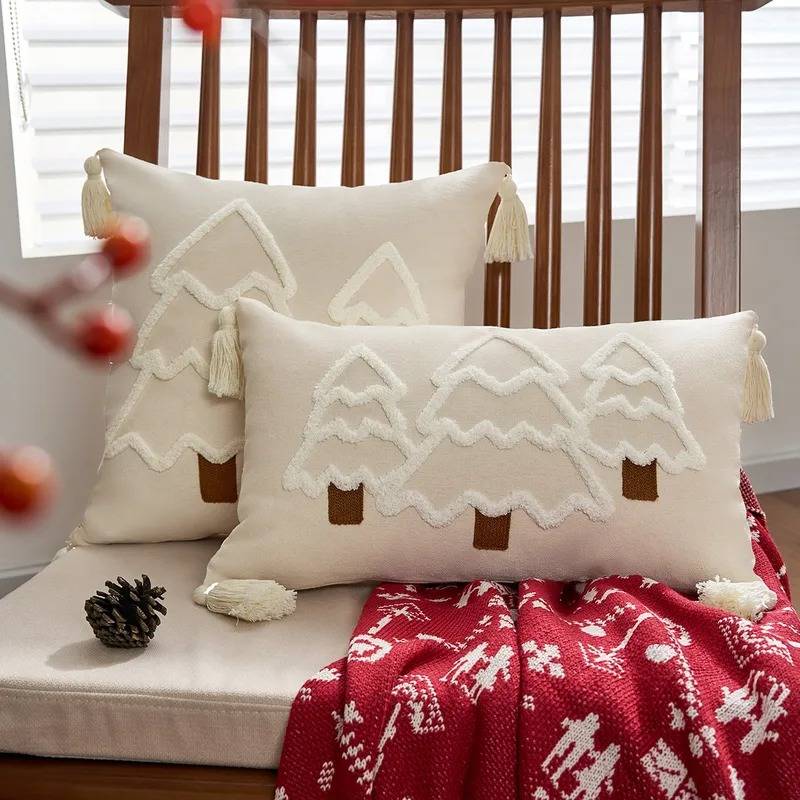- What are seasonal items for the 2024 winter?
- Top Seasonal Business Ideas for Every Online Store
- Why selling seasonal products is a smart business move
- 10 Smart Business Moves You Should Make Today
- Conclusion
As the cold wind sweeps across our faces, Yeap! It’s time to brace for seasonal items and the thrilling hustle-bustle of holiday shopping!
In today’s competitive e-commerce landscape, online stores are constantly seeking innovative ways to boost sales and engage customers.
One effective strategy is to incorporate seasonal items into their product offerings.
Seasonal items not only cater to the changing demands of consumers but also provide a unique opportunity for businesses to maximize profits during the peak holiday selling season.
Let’s explore why selling seasonal products is a smart business move for every online store.
What are seasonal items for the 2024 winter?
The 2024 winter season offers a variety of products that cater to different needs and preferences.
In simple terms, seasonal products refer to particularly relevant products or in demand during specific periods or occasions throughout the year.
For example, winter Hats & Scarves are in high demand during colder months, while Christmas costumes see a sales boost in November and December.
Top Seasonal Business Ideas for Every Online Store
1. Holiday-Themed Products
One of the most effective ways to capitalize on seasonal trends is by offering holiday-themed products.
For example, you can stock up on festive decorations, holiday-themed clothing, and gift items during Christmas.
Creating targeted holiday offers can attract more customers and boost sales.
Last but not least comes the Holiday season. For end-of-year gifting, Nihaojewelry is ideal for offering custom gifts and Gift Wrapping Supplies, apparel, and promotional items.
View More: 12 Best Wholesale Items For Resale To Up Your Stock
2. Seasonal Fashion Items
Fashion items are highly seasonal, and online stores can leverage this trend by offering clothing and accessories that are appropriate for different seasons.
In winter, you can stock up on warm clothing, boots, and winter accessories. This not only meets customer needs but also keeps your inventory fresh and relevant.
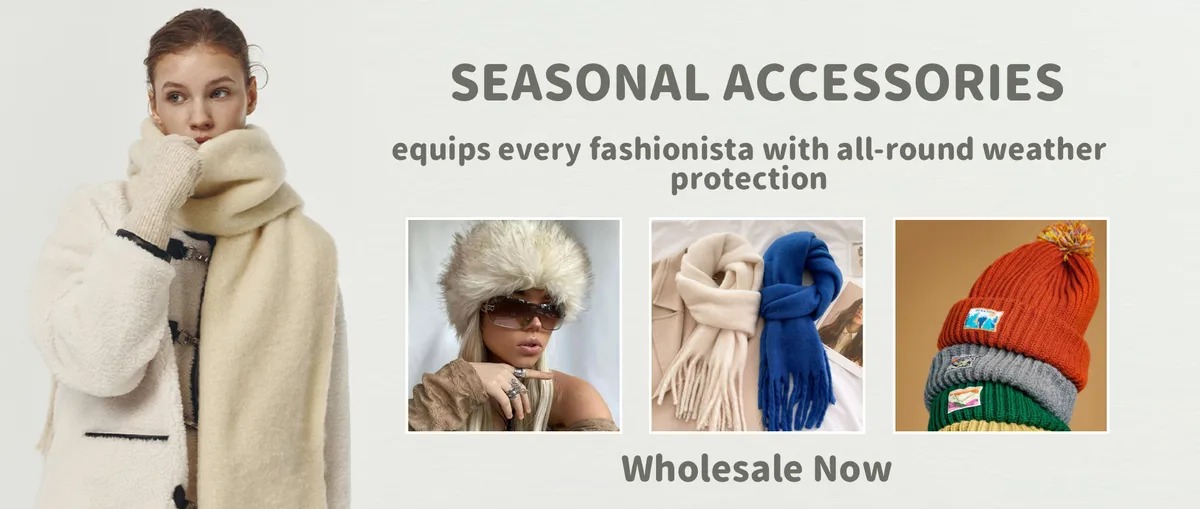
3. Seasonal Home Decor
Home decor items are also highly seasonal.
During the winter, you can offer Christmas-themed decorations, cozy throw blankets, and winter-themed home accessories.
By offering seasonal home decor, you can create a festive atmosphere and attract customers looking to update their homes.
4. Seasonal Health and Wellness Products
Health and wellness products can also be seasonal.
During this dry season, you can focus on hydration products and fitness gear.
By offering seasonal health and wellness products, you can meet the specific needs of your customers and drive sales.
Why selling seasonal products is a smart business move
Selling seasonal goods can be a strategic move for online stores, offering opportunities to maximize sales and engage customers through targeted marketing.
- Capitalizing on High Demand: seasonal accessories businesses experience a surge in demand during specific times of the year, allowing businesses to maximize sales during these peak periods.
- Marketing Opportunities: they provide unique marketing opportunities to encourage impulse purchases.
- Customer Retention: Leveraging seasonal products can help retain customers year after year.
- Profitability: these products often have a strong burst of sales, which can significantly boost profits in a short period.
- Competitive Advantage: By being well-prepared with these products, businesses can gain a competitive edge.
10 Smart Business Moves You Should Make Today
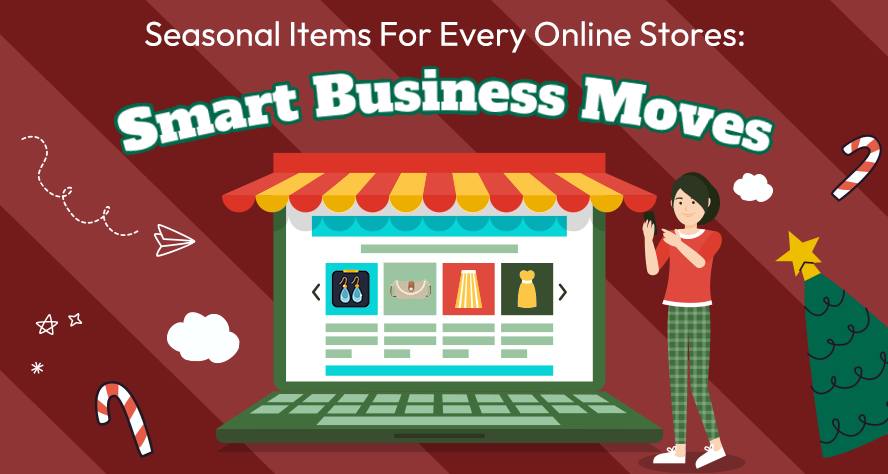
Seasonal products can be highly profitable, but they also carry some unique challenges for retailers.
Here are 10 smart seasonal business ideas that can help every online store thrive.
1. Forecasting demand
Analyze historical sales data and market trends to predict what customers are likely to buy and when they’ll buy it during a particular season.
Retailers can use inventory management software to collect and analyze data for forecasting.
Meanwhile, Predict seasonal shifts by using Google Trends to show fluctuations in interest.
You can see in the graph below that searches for “Scarves” peak around Nov.-Dec. every year.
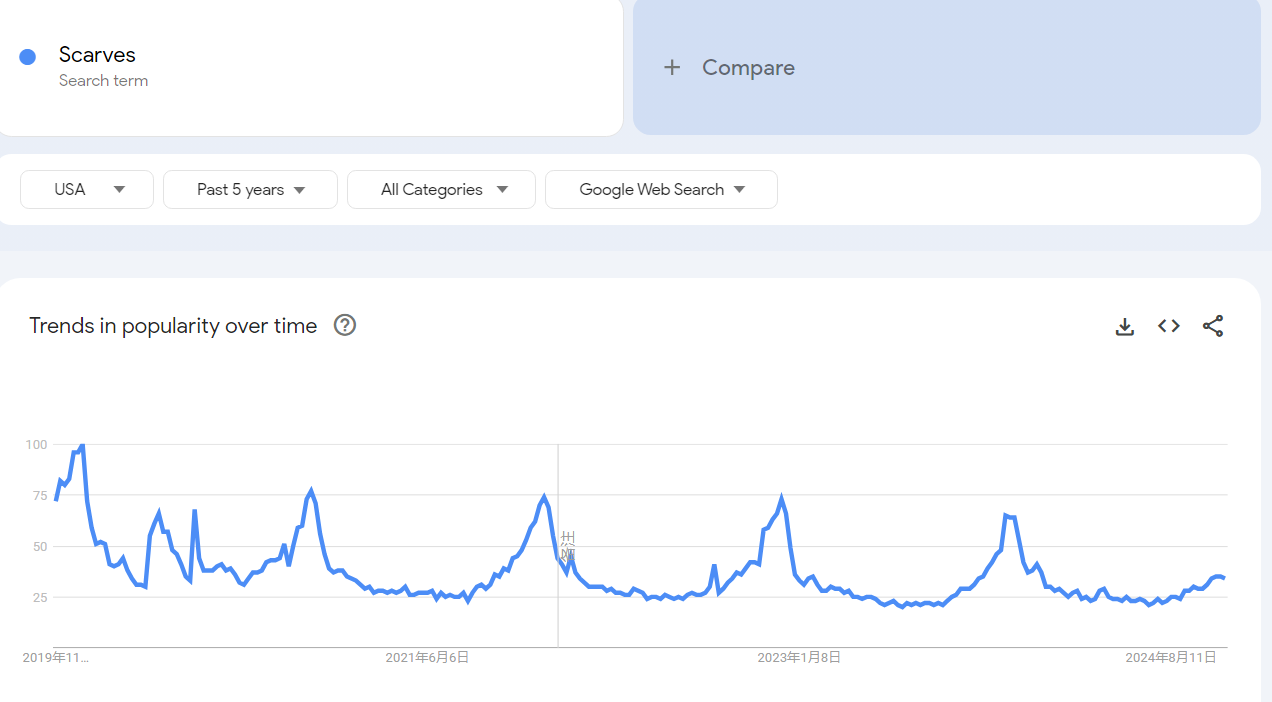
2. Run a presale
One way to evaluate the sales potential of these items is by running presales.
It allows you to have cash flow before investing in the inventory and shows you what the customers are most eager to purchase.
Then, you can tailor the seasonal stock inventory to match what was bought in the presale.
3. Bundle complementary products
Don’t just depend on the sale of a single product.
If a customer buys a seasonal product from your store, try hooking your customer with another related product for cross-selling.
You should also suggest to your customers the high-end products if they have bought a low-priced product from your store. That is how the sales are maximized.
Christmas decorations are a great example of this.
4. Discount sale
Inventory that moves slowly may lead to deadstock.
If inventory is slow-moving, discounting can help, but it must be used judiciously. Done incorrectly, discounting can erode margins and damage your brand.
5. Building supplier relationships
Maintain good communication with suppliers and negotiate terms for no MOQ, frequent orders. This ensures rapid replenishment and reduces excess inventory.
6. Flexible Planning and Monitor Inventory Levels
Develop adaptable inventory plans to respond quickly to fluctuations in demand.
Technologies such as just-in-time inventory help minimize excess stock.
Regularly track inventory and sales performance for trends.
7. Streamline fulfillment
Retailers make fulfillment a priority because it impacts customer satisfaction and profits overall.
If you can’t fulfill orders effectively, you’ll struggle to sell any products.
8. Keep in Touch With Trends
First of all, you will be in a better position to market these products only if you know what they are.
If you won’t be updated with the latest trends, you can miss out on the seasonal opportunities.
You can join the groups, pages, and forums that discuss the latest trending products.
Also, you can follow Nihaojewelry’s ‘Fashion Trends‘ to get a lot of product ideas there.
9. Be Ahead of Your Competition
By being well-prepared with seasonal items, businesses can gain a competitive edge.
Always do competitor research and try to have a keen eye on your competitors. Keep following what products they are selling and at what times.
You must have all the major products in your store that your competitors have and one-up them by bringing something unique to the table, if possible.
That is the way to knock out your competition.
10. Update for Hot Items Regularly
This is a very good technique, especially for selling hot and trending items.
In addition to keeping the hot item in your store, you need to update your store as per the season or the trend.
Conclusion
Selling seasonal items is a smart business move for every online store.
By incorporating seasonal products into their offerings, online stores can boost sales, enhance customer retention, and achieve higher profitability.
So, if you’re looking to grow your online business, consider the power of seasonal retail.
